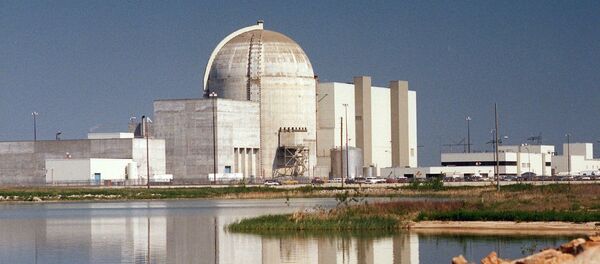Scientists from the Siberian Federal University and the Federal Research Center at the Krasnoyarsk Scientific Center of the Siberian Branch of the Russian Academy of Sciences have synthesized CuO nanoparticles that could form the basis for room-temperature superconducting materials. An article on research into the magnetic properties of these particles was published in the September issue of the Journal of Superconductivity and Novel Magnetism.
A breakthrough in the area of superconductivity was discovering materials that showed zero resistance at higher temperatures (–196°C and higher). Scientists found that high-temperature superconductors (from 0°C) can be used for a new generation of electric grids with a potentially greater capacity. High-speed magnetic cushion trains using superconductors are also being researched.
Three years ago, researchers at the Siberian Federal University and the Federal Research Center at the Krasnoyarsk Scientific Center of the Siberian Branch of the Russian Academy of Sciences synthesized CuO2 nanopowder for potential use in superconductors. To produce nanopowders (powders consisting of particles measuring several dozen nanometers), the researchers used direct plasmo-chemical synthesis that settles fine films in a vacuum through plasma discharge.
The US, Japan, China, and EU are actively conducting fundamental and applied research into current-carrying parts based on high-temperature superconductors. But despite considerable progress in their creation, the results have yet to be used in practice.
“What remains to do is to merge the CuO powder nanoparticles. This would mean we have developed a new superconductor capable of operating at room temperature. It is quite realistic to reduce material production costs, increase reliability and service life, and create power systems with qualitatively new characteristics acceptable for the 21st-century power industry,” said Anatoly Lepeshev, head of UNESCO’s New Materials and Technologies Research and Educational Center at Siberian Federal University.
Lepeshev noted that "superconductor equipment is "environmentally friendly," given its lower capital costs in mass production.
"Increased current density and specific capacity as well as special physical properties typical only of superconductors make it possible to develop highly efficient electrical equipment,” Lepeshev noted.



